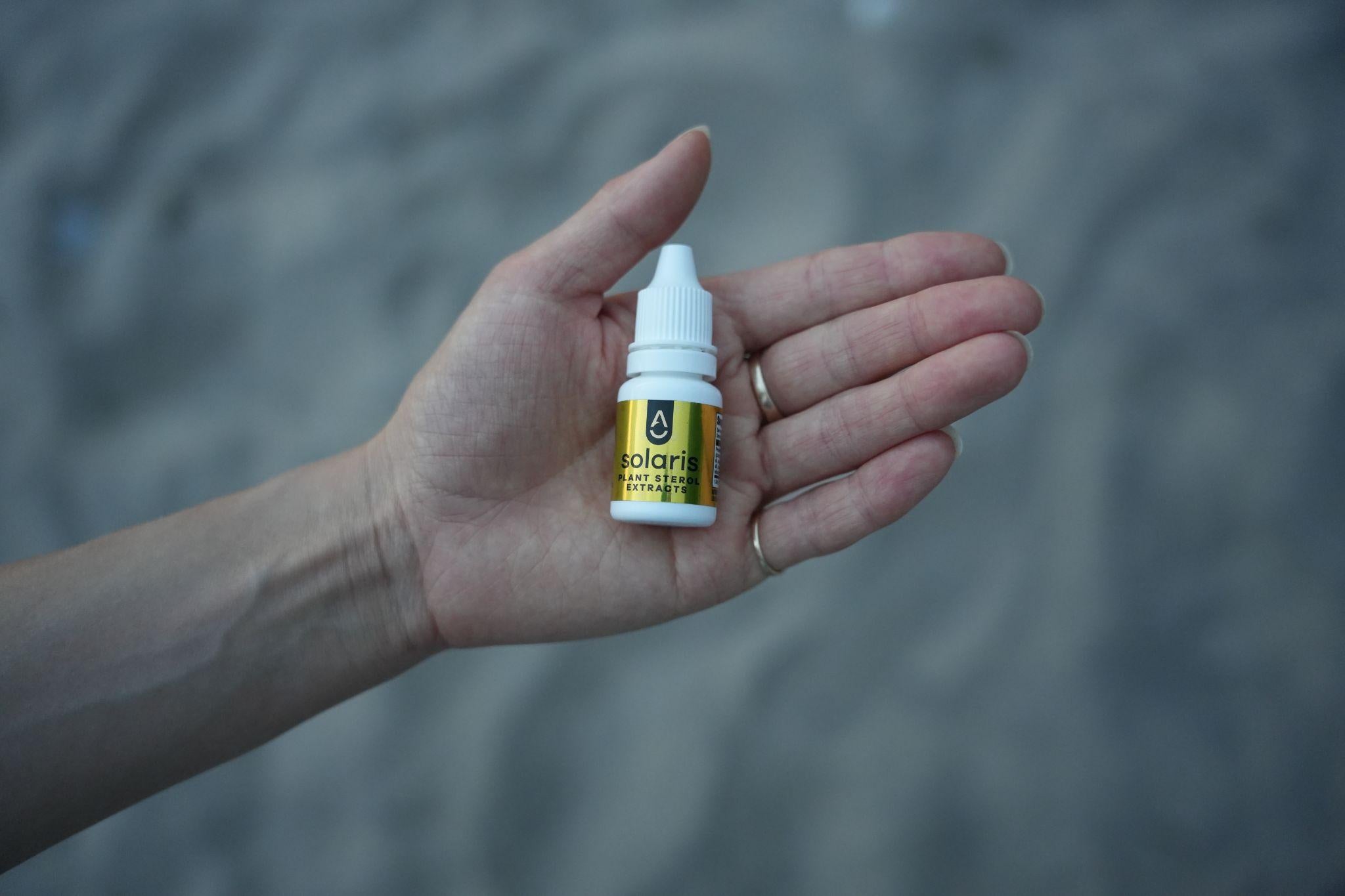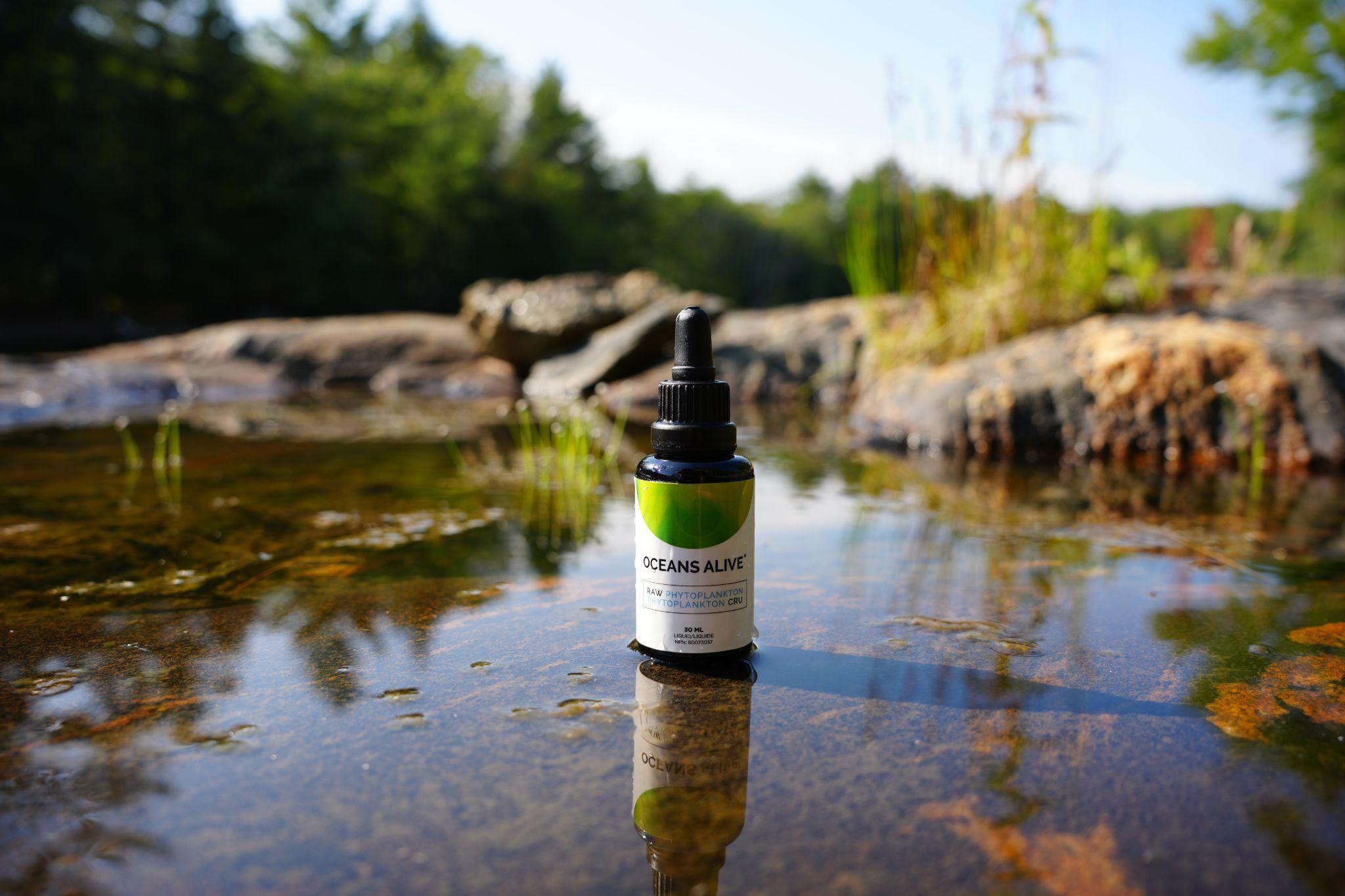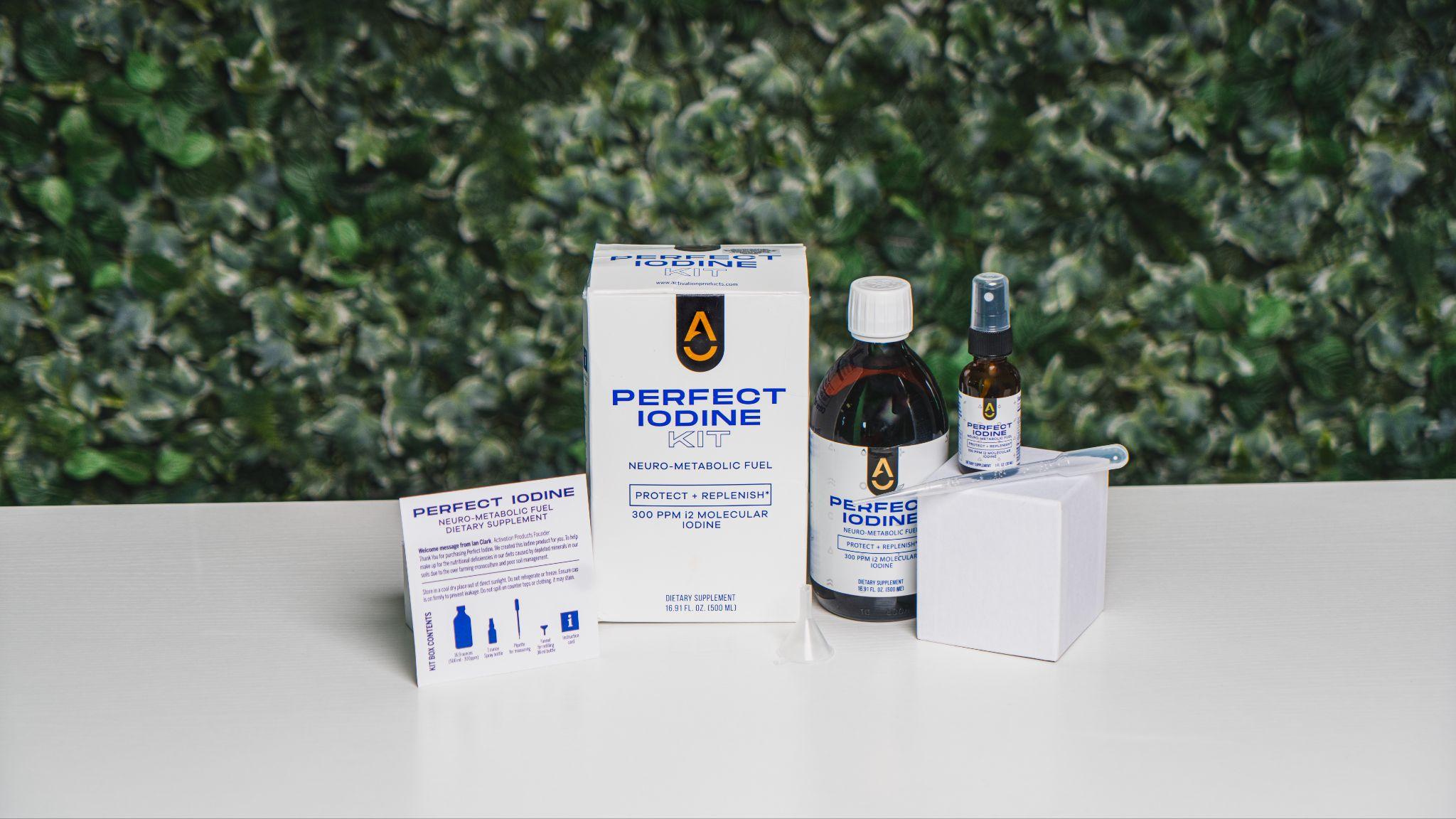
You've heard the advice: for the most nutritional variety, you should 'eat the rainbow'. In other words, the more colorful your produce choices, the more vitamins and minerals you get. What makes a pepper yellow, a carrot orange or a beet purple are the different nutritional components in each fruit or vegetable. Probably the most important color though, is green. Green veggies are often high in vitamin K, B vitamins, calcium and carotenoids, among many other things. They are also typically low in calories, making them highly nutrient dense.
Green veggies go way beyond broccoli, kale and spinach. Some of the most nutritious green foods are not necessarily found in your average grocery store though. Check out these 4 potent green superfoods that really pack a nutritional punch!
Wheatgrass:
Wheatgrass is actually a mix of grains, harvested and eaten at their sprouting stage. Sprouted wheatgrass is highly alkalizing in the body, which can help reduce inflammation and balance thyroid hormones. It's a good source of protein and potassium, and a very good source of dietary fiber, vitamin A, vitamin C, vitamin E, vitamin K, thiamin, riboflavin, niacin, vitamin B6, pantothenic acid, iron, zinc, copper, manganese and selenium.
Worried about eating wheatgrass because you're gluten intolerant? Sprouted wheatgrass is gluten-free because gluten is not found in the stems and grass leaves. Sprouted wheatgrass is typically juiced, but you can also chew on the grass blades, disposing of them once you've sucked all of the juice out.

Leafy Greens:
These are probably the most popular and easy to find of the green superfoods listed here. Dark, leafy greens like kale, spinach, chard and dandelion, are super high in enzymes, protein, vitamins and minerals. Each one has a different nutritional profile, but generally speaking iron, calcium and vitamin K are found in good supply in these foods. Many of these are quite bitter, which some people find off-putting. Steaming them can help (and for some health purposes, steaming them is actually preferable to eating them raw), but if you really object to their taste, they can often be easily camouflaged in a smoothie when combined with banana, mango or berries, and yogurt.
Spirulina:
Want to increase your intake of protein without adding a ton of calories to your diet? Try spirulina, which is 70% protein. It's also good source of vitamin K, pantothenic acid, magnesium and potassium and a very good source of thiamin, riboflavin, niacin, iron, copper and manganese. You can find this micro-algae in powder form in most health food stores. You can mix it with water or add it to smoothies or raw desserts to turn them into superfood treats! The downside is that spirulina is high in sodium, so if you're on a sodium-restricted diet, you should probably give it a pass.

Marine Phytoplankton:
These compact and powerful microalgae load your body with energy and nutrients. The sheer quantity of nutritional components in phytoplankton will astound you. To give you just a sampling, this superfood contains beta carotene, calcium, copper, folate, iron, lauric acid, linoleic acid, lysine, magnesium, manganese, niacin, oleic acid, phosphorus, potassium, thiamine, zinc and vitamins B6, B12, C and E. When you look for a marine phytoplankton supplement, make sure to go with one that is raw, fresh harvested and free of pollutants, such as our Oceans Alive Marine Phytoplankton. You can drink it in a glass of water or blend it with juice or smoothies.
When choosing your green superfoods, be sure to select organic options. In some cases the pesticides used on these vegetables are among the most toxic to human health (for instance, kale and other leafy greens are often sprayed with chlorpyrifos, a pesticide linked with several health concerns). These can't be washed off, so the only way to avoid them is to buy organic. Fortunately, spirulina, wheat grass and marine phytoplankton are often produced organically. In the case of Oceans Alive, our marine phytoplankton is grown organically in a sealed photobioreactor, so it is completely free of pollution and toxins. This is very important, as phytoplankton taken directly from the ocean contains nasty chemicals that you don't want to be eating.
Given how easy it is to add these superfoods to your favorite meals and snacks, including soups, stews, smoothies and juices, you have nothing to lose! Do yourself a favor and try some out. I bet you'll notice that you feel healthier and have more energy right away.






Your Brain: Myth vs. Reality
Eating Healthy...How Do I Do It?